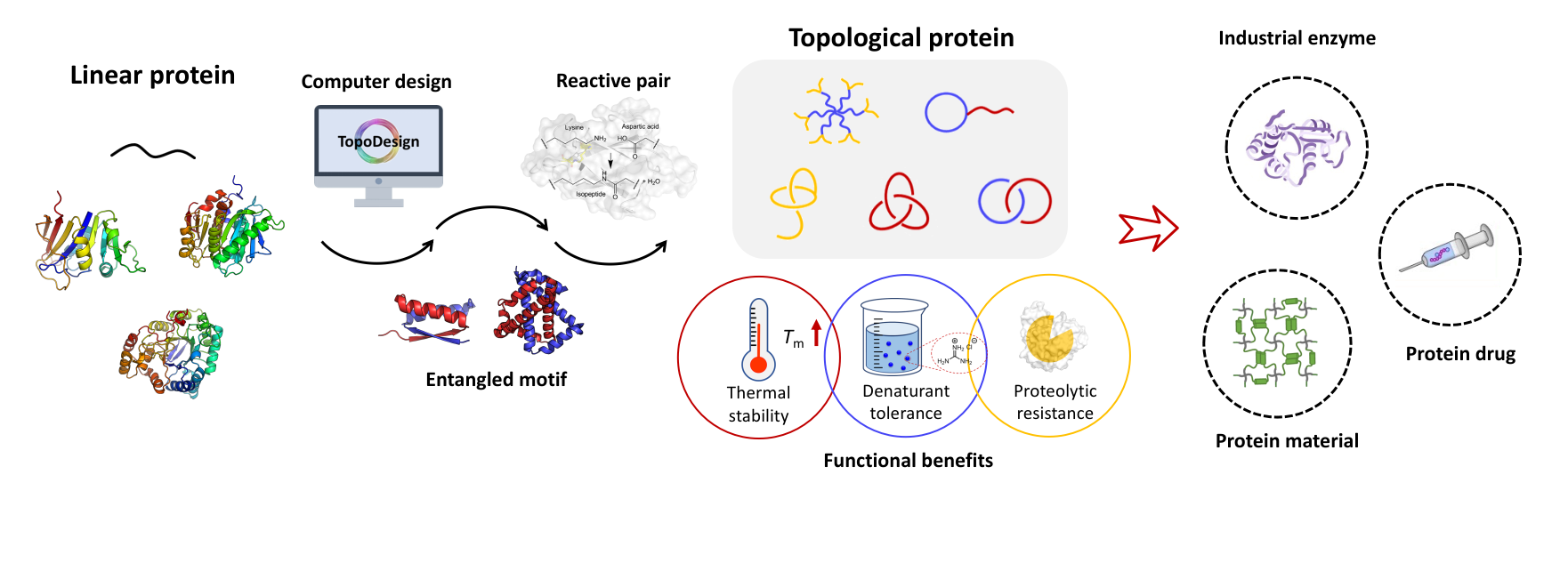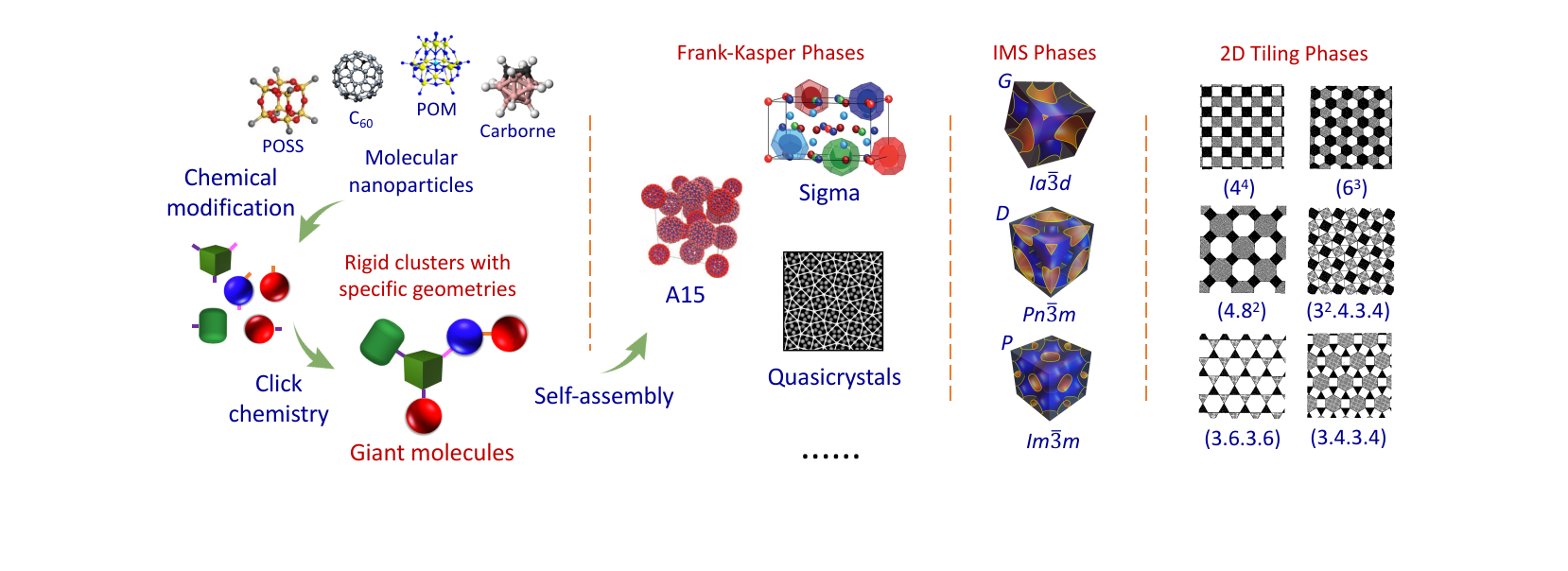箴言
----------------------------------------------
-----------------------------------------------
在科学上没有平坦的大道,只有那些不畏艰险沿着陡峭山路攀登的人,才有希望达到光辉的顶点。
----马克思
-----------------------------------------------
合作研究
------------------------------------------
请有兴趣的研究组联系我们。欢迎任何形式的合作,尤其是在自组装、水凝胶以及生物医药等方向的合作。
------------------------------------------
请有兴趣的研究组联系我们。欢迎任何形式的合作,尤其是在自组装、水凝胶以及生物医药等方向的合作。
------------------------------------------
研究成果
73. Manipulation of Self-Assembled Nanostructure Dimensions in Molecular Janus Particles. ACS Nano 2016, 10, 6585–6596
发布时间:2016-09-20
Manipulation of Self-Assembled Nanostructure Dimensions in Molecular Janus Particles. 2016, in press. [Link] [PDF]

Abstract
The ability to manipulate self-assembly of molecular building blocks is the key to achieving precise “bottom-up” fabrications of desired nanostructures. Herein, we report a rational design, facile synthesis, and self-assembly of a series of molecular Janus particles (MJPs) constructed by chemically linking α-Keggin-type polyoxometalate (POM) nanoclusters with functionalized polyhedral oligomeric silsesquioxane (POSS) cages. Diverse nanostructures were obtained by tuning secondary interactions among the building blocks and solvents via three factors: solvent polarity, surface functionality of POSS derivatives, and molecular topology. Self-assembled morphologies of KPOM-BPOSS (B denotes isobutyl groups) were found dependent on solvent polarity. In acetonitrile/water mixtures with a high dielectric constant, colloidal nanoparticles with nanophase-separated internal lamellar structures quickly formed, which gradually turned into one-dimensional nanobelt crystals upon aging, while stacked crystalline lamellae were dominantly observed in less polar methanol/chloroform solutions. When the crystallizable BPOSS was replaced with noncrystallizable cyclohexyl-functionalized CPOSS, the resulting KPOM-CPOSS also formed colloidal spheres; however, it failed to further evolve into crystalline nanobelt structures. In less polar solvents, KPOM-CPOSS crystallized into isolated two-dimensional nanosheets, which were composed of two inner crystalline layers of Keggin POM covered by two monolayers of amorphous CPOSS. In contrast, self-assembly of KPOM-2BPOSS was dominated by crystallization of the BPOSS cages, which was hardly sensitive to solvent polarity. The BPOSS cages formed the crystalline inner bilayer, sandwiched by two outer layers of Keggin POM clusters. These results illustrate a rational strategy to purposely fabricate self-assembled nanostructures with diverse dimensionality from MJPs with controlled molecular composition and topology.





